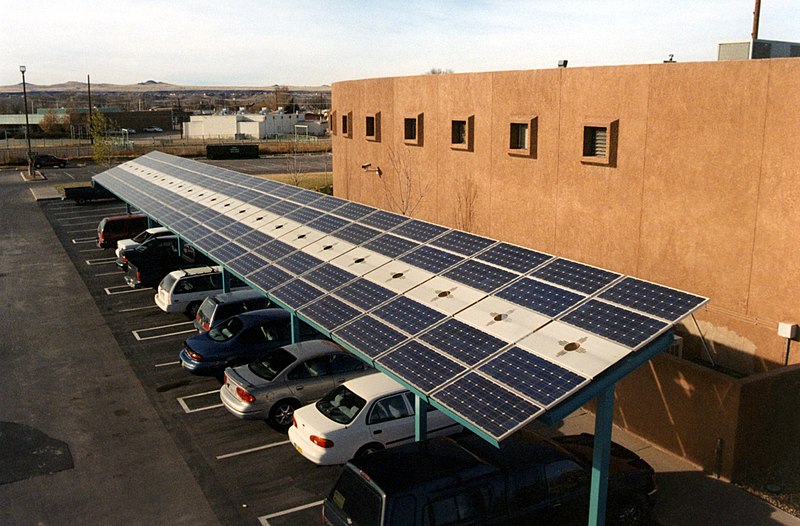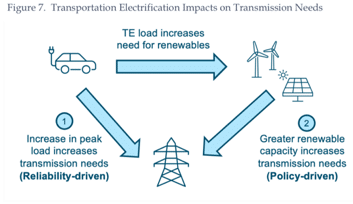Where and When Should EVs Charge?
Right now utility rates incentivize charging your EV after midnight because power plants and the grid are relatively less loaded late at night. This is not a satisfactory long term solution however.

To meet California’s greenhouse gas reduction goals, EVs must become ubiquitous and fossil fuel power plants must be retired. The Public Utility Commission recognizes that nighttime charging is, at best, a temporary measure. Therefore, its long term goal is to see EVs charged during the day when solar power generation is abundant.
Given the assumption that electric power must be provided by utilities, this means there will be more utility scale solar arrays and power purchases from out of state. In turn, this implies a requirement for more investment in transmission and distribution lines. Further, since many cars will be away from home during the day, this implies there will need to be a great many more public charging stations.
The illustration below is from the CPUC’s “Preferred System Plan.” This document describes what new transmission and generation resources the CPUC believes will need to be built and why it views transportation electrification as a major driver of costly new infrastructure that will also drive major rate increases.

The Center for Community Energy has an alternative proposal. Our contention is that, if we want cars charged during the day, solar arrays should be built where cars are parked during the day, that is over parking lots.
It is true that carport solar arrays are more expensive to build than ground mount arrays, but we contend, once the cost of transmission and distribution lines are taken into account, the cost advantage of ground mounts built in remote areas such as the desert disappears.
In our model there is no need to involve the utilities. Arrays could be built by the owners of buildings who could then recover their investment by selling electricity to parked EVs. In many cases, these drivers will be parked at work all day, so fast charges will not be necessary.
There is one other advantage to this mode. To the extent that future EVs will be capable of V2G (vehicle to grid power transfer) and that some fraction of owners will have bidirectional chargers at home, these owners could use a small fraction of the charge in their EV batteries to power their homes, especially in the critical hours from 4 to 9 pm when power is most expensive. In the state’s plan to go to 100% renewable energy, this is the period when the sun sets and demand peaks – a period of great concern to planners. However, in a future when EVs are common, if EVs were to arrive home charged, they could make a major contribution to solving this problem.
Read the full version of this paper on CCE’s website:
https://centerforcommunityenergy.org/v2x-duck-curve-solution/
Written by: Jose Torre-Bueno, Executive Director, Center for Community Energy

